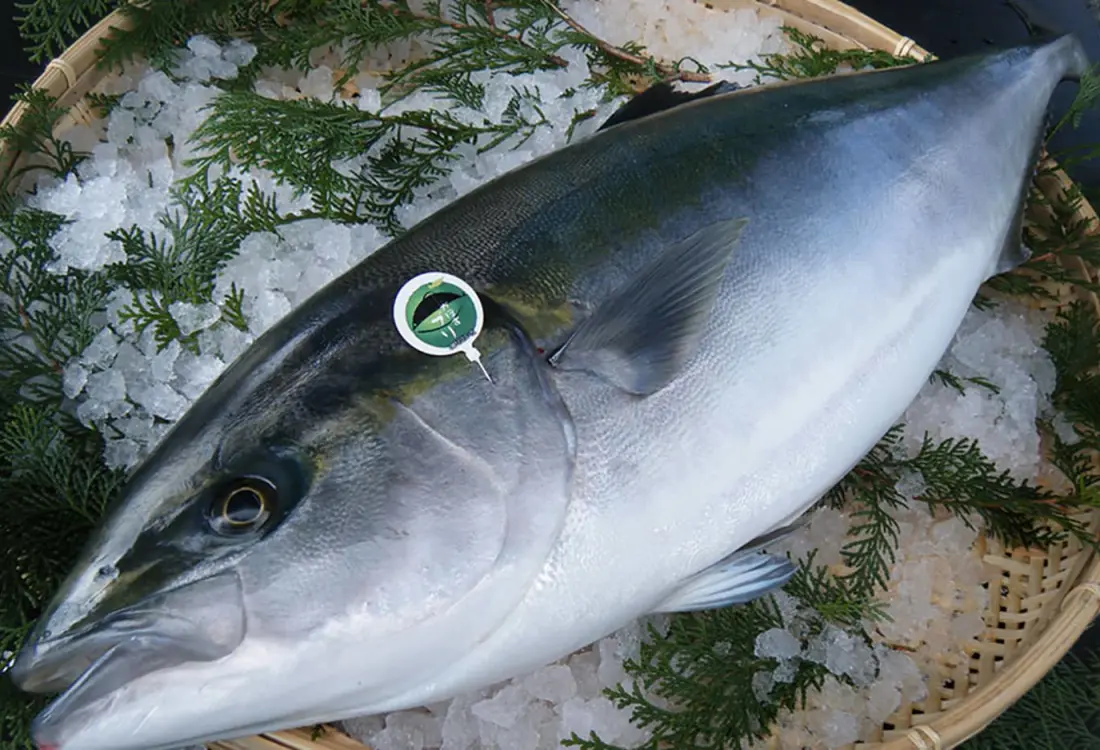
Kabosu-buri
Japanese yellowtail meets Oita's kabosu citrus
A freezing early morning in winter at the fishing harbor. In a darkness so impenetrable that it is impossible to make out faces, fishermen start to gather around the chugging fishing boat, skillfully piling on the feed for the yellowtail.
Oita prefecture, making the most of an environment blessed with the Bungo Channel, produces artificially raised Japanese yellowtail in quantities that place it second in production levels nationwide. Amongst these, “kabosu-buri” with the refreshing flavor of its flesh produced by being given kabosu citrus, Oita’s specialty product, and whose production started in 2010, is becoming the focus of attention.
6:30 AM. I visited Sashiu fishing harbor in Usuki in Oita prefecture. With Juuhousuisan Inc.’s representative executive director, Mr. Yoshiyuki Yamamoto at the center of the action, fishermen in waterproof coat carry on with the operations. Everyone works without the flow of work being interrupted, and conversation is scarce, but their movements in unison reflect the harmony built up through their work day in and day out. Sardines which are to be used to feed the “kabosu-buri” being raised offshore are piled one batch after another by lift onto the fishing boat. After about 30 minutes, Mr. Yamamoto lets me know “The ship is setting out now.” Around the time the ship sets out, a giant sun is rising.


It is about 5 minutes on a fishing boat. We arrive at the raft where the kabosu-buri for shipping await. Whilst steering the ship Mr. Yamamoto explains “The seas of Oita, are bountiful fishing grounds where Japanese yellowtail and flounder, tuna and other fish grow. The sea of Usuki is the part of Oita where the water temperature drops the most, and it was said that it was not suitable for raising fish. However, the former company president Kensho Sasaki together with others decided to take on the challenge of raising fish. Now, this area has finally been recognized as the production area for artificially raised Japanese yellowtail with excellent quality and firmness of the flesh due to the low water temperatures.” The raft where the kabosu-buri are raised is 10 m x 10 m. There is a net strung inside, creating a net cage with a depth of 8 m. It can accommodate approximately 3,000 fish that have reached about 5 kg and are just waiting to be shipped, or approximately 8,000 fish if they are smaller (under 5 kg). The yellowtail to be shipped on the day are transferred to another raft beforehand. When the fishermen transfer to the raft and haul in the lines of the net, we can see the shapes of about 70cm long kabosu-buri splashing as they jostle against each other. The few fish caught in the net are finished off one by one with a knife and transferred to a case with ice. “Tomorrow morning they will be sold at the markets all over Japan, like Toyosu Market in Tokyo,” says Mr. Yamamoto.


Kabosu-buri is Oita prefecture’s new brand fish. Breeding of Japanese yellowtail has always been extensive in Oita prefecture, and it was shipped nationwide under the name “Toyo-no-Ikiburi (Toyo Live Japanese Yellowtail).” However, in comparison to other fish, Japanese yellowtail has the drawback that when it is filleted the dark red meat turns darker very soon. So the Oita Prefectural Agriculture, Forestry and Fisheries Research Center started research on this in 2006. Recognizing that the antioxidant effects of the polyphenol, vitamin C and other substances contained in citrus fruits could delay the speed of oxidization of the yellowtail, the Center repeatedly experimented with using them as feed. The formula the Center arrived at involved turning kabosu, Oita’s specialty product, into powder, skin and all, adding 0.5% of the total feed amount’s worth of powder, and feeding it to the fish over 25 times. The first shipment of just a few fish was not until 2010. Additionally, the kabosu that had originally been intended to control oxidization, produced the extra effect of eliminating any overpowering smell from the flesh, and creating a light and refreshing flavor. Kabosu Buri is currently bred in Usuki City, Tsukumi City, and Saiki City in Oita Prefecture. In 2013, they launched an organization consisting of producers, Oita fishery cooperatives, administration, etc., and have been working on further quality improvement and PR activities. I heard that Mr. Sasaki together with others patiently carried out all kinds of activities to promote the fish such as having local Japanese restaurants add them to the menu and so on. The fish gained a reputation for being delicious and the shipment amounts increased year by year. Shipments have reached approximately 600 tons, mainly within Oita prefecture, but shipments are also made outside the prefecture. Mr. Yamamoto says “Now, they are also being sold in every supermarket within Oita prefecture, for example.”
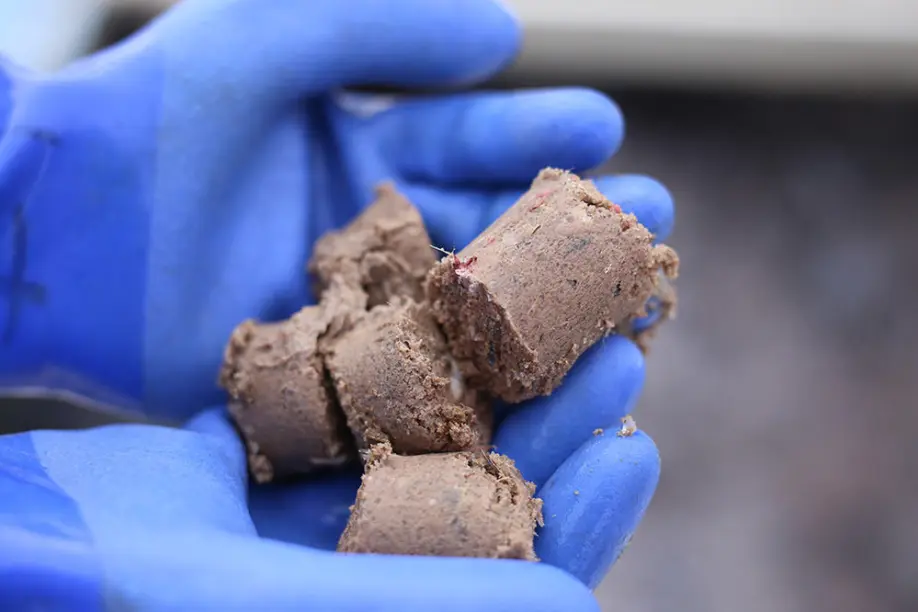

Raising kabosu-buri starts with purchasing about 2 to 3 g fry caught in the seas off the shores of Oita prefecture. They are reared for over a year and a half and shipped when they have reached about 5 kg. The fishermen’s technique can be seen in how they rear the fish while adjusting the amount of feed given, the timing, etc., by monitoring the sea water temperature, the movement of the fish, their body color and other aspects. Shipping in an average year starts at the end of October and continues until the end of March which is before the egg laying season. Kabosu powder is given to the fish from the middle of August to September. “We start feeding Kabosu to the fish in last 2 month, we need to take enough time for Kabosu buri.” explains Mr. Yamamoto.


At “Mitsugo,” the eating establishment in Usuki city where you can savor kabosu-buri, offers a full course of the fish, including as carpaccio, fragrant arare rice cracker coated kabosu-buri with thick, starchy ankake sauce, etc. The representative, Mr. Yukio Endo, says “In any case, two salient features are that the fatty flavor is not overpowering, and it does not discolor easily,” evaluating kabosu-buri from a chef’s point of view. Because the skin is exceedingly thin it is eaten with the skin on, and the ability to fully indulge in the delicious taste that lies between the flesh and the skin is another of its attractions. It is also easy to eat because it can be boiled or grilled without having an overpowering smell. For Japanese yellowtail shabu-shabu style, it is so soft that just a couple of dips in the stock will make it ready to melt in your mouth. The soft, refreshing flavor turns the impression produced by Japanese yellowtail until now on its head. Kabosu-buri is wide known nowadays in japan, I highly recommend you to try their fresh fish caught in the morning.



■ Report cooperation provided by
Oita Prefecture Agricultural and Fisheries Division
Juuhousuisan Inc. 997-1 Ichihama, Usuki, Oita prefecture
TEL: 0972-64-6320
http://juuhousuisan.com

Originally this is a restaurant specializing in fugu, but you can also savor sekiaji (horse mackerel from Saganoseki, Oita) and sekisaba (chub mackerel from Saganoseki, Oita) and kabosu-buri and other famous Oita fish dishes. The representative Mr. Endo has also worked hard to popularize kabosu citrus and he has prepared a full course of kabosu-buri.
Kakemachi 6 Kumi, Usuki, Oita prefecture
TEL: 0972-62-5107
http://mitugo.net
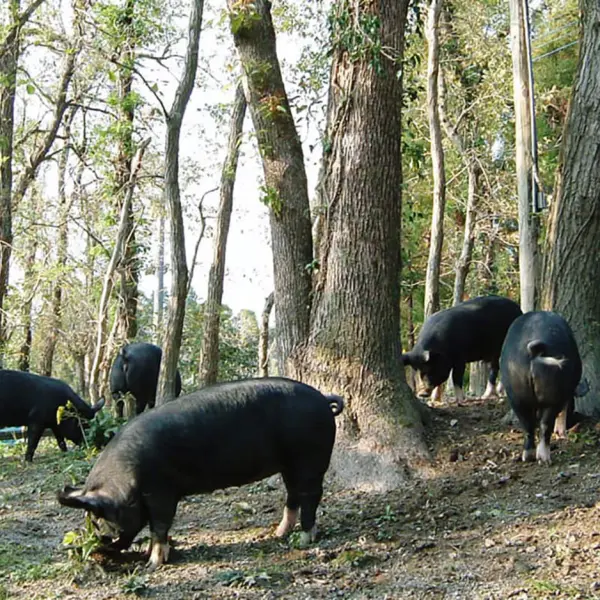 The delicious secrets of Kagoshima's free-range Kurobuta pork
The delicious secrets of Kagoshima's free-range Kurobuta pork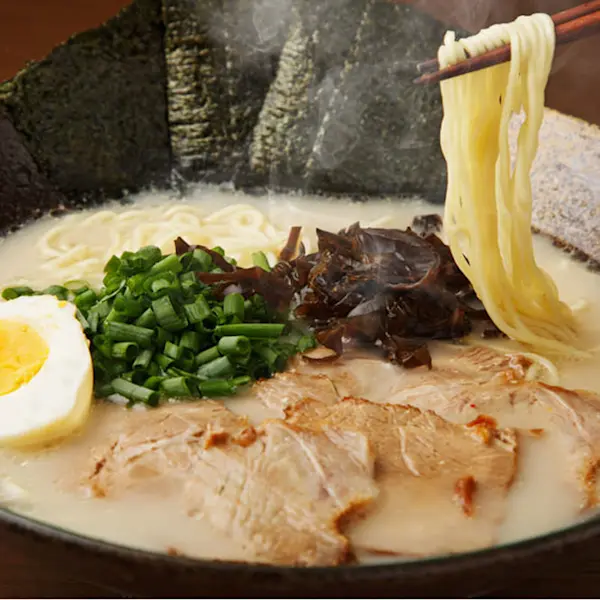 Everything You Need to Know About Fukuoka’s Famed Tonkotsu Ramen
Everything You Need to Know About Fukuoka’s Famed Tonkotsu Ramen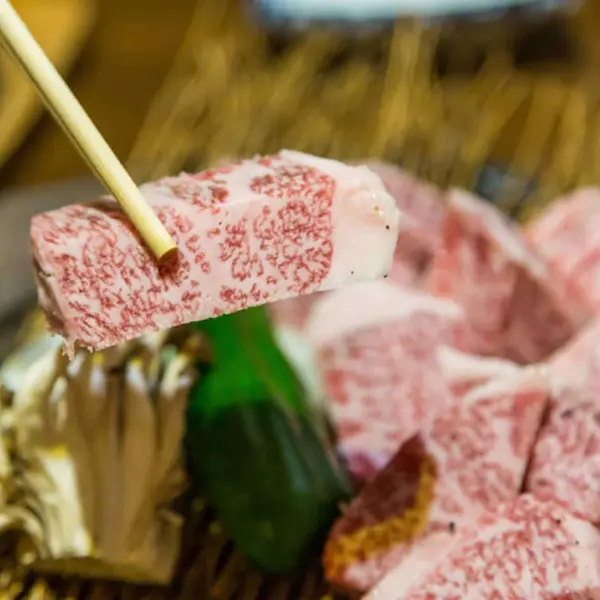 Saga Beef: Wagyu To Remember
Saga Beef: Wagyu To Remember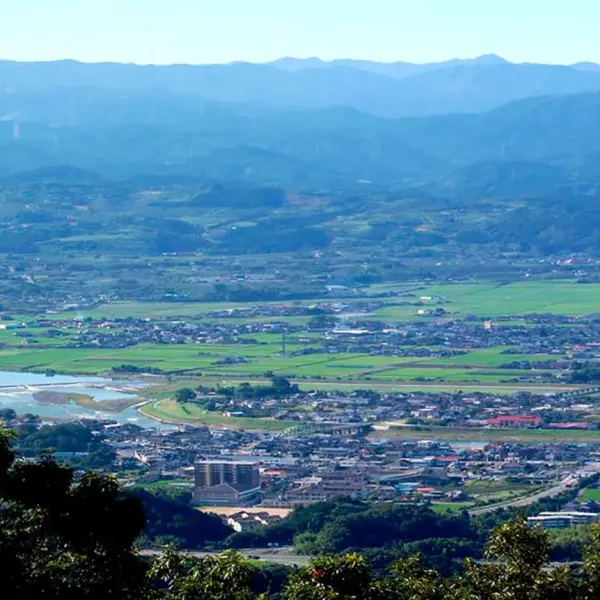 Discover Fukuoka's fruit kingdom
Discover Fukuoka's fruit kingdom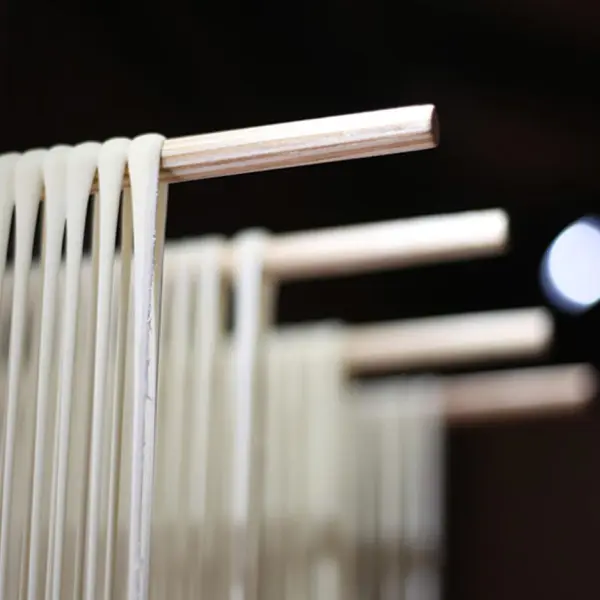 Goto udon: a delicious legacy of Nagasaki's ancient trade routes
Goto udon: a delicious legacy of Nagasaki's ancient trade routes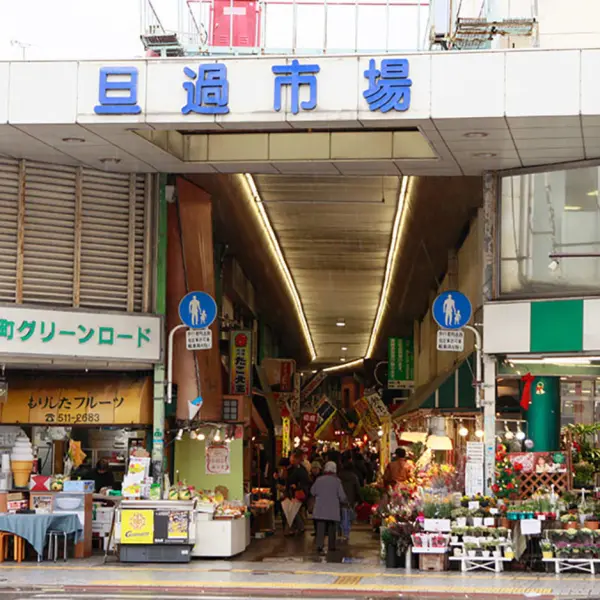 Feast your senses at Fukuoka's bustling fresh food market
Feast your senses at Fukuoka's bustling fresh food market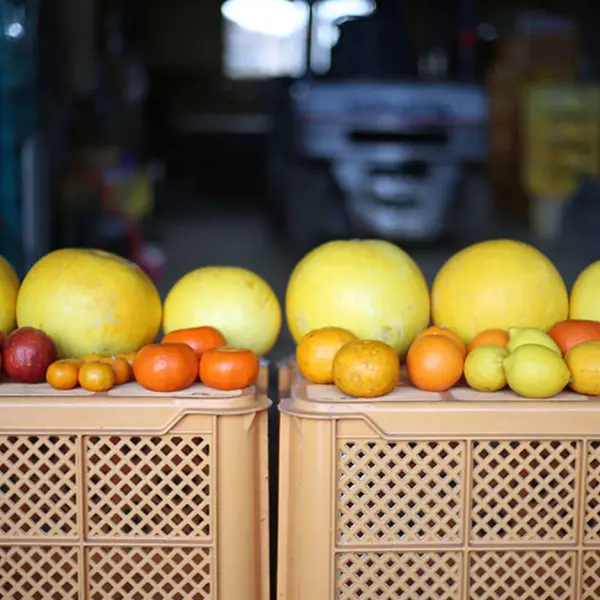 Cultivating the world's largest citrus fruit in Kumamoto
Cultivating the world's largest citrus fruit in Kumamoto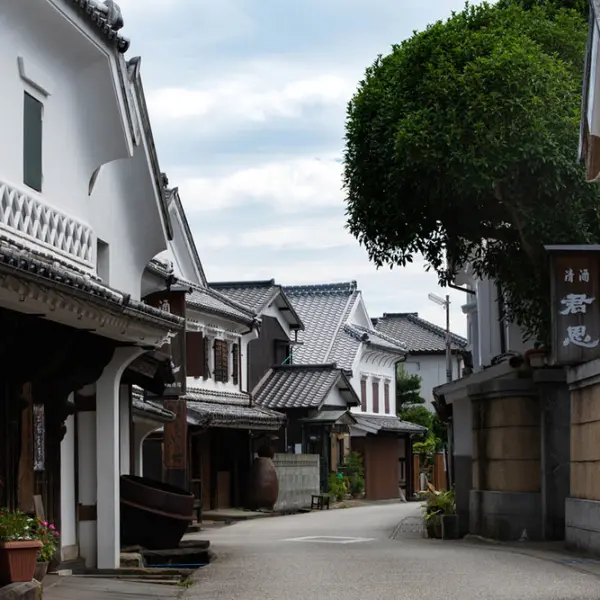 Hizen Hamashuku: Historic breweries that house the world’s best sake
Hizen Hamashuku: Historic breweries that house the world’s best sake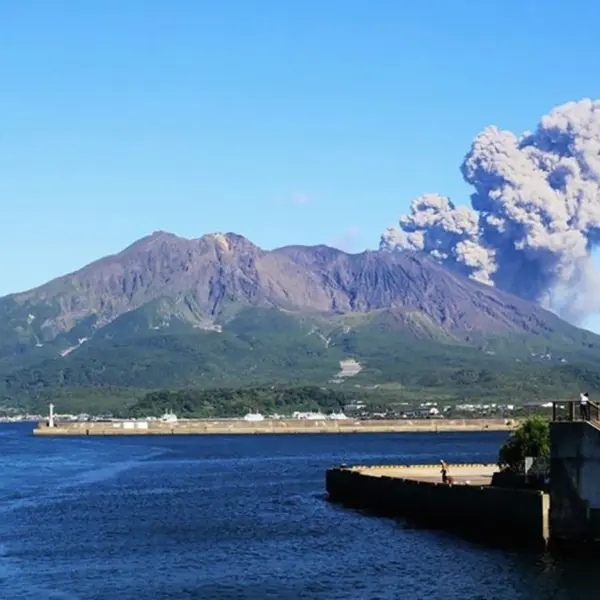 In the shadow of a volcano: the world's largest daikon radishes
In the shadow of a volcano: the world's largest daikon radishes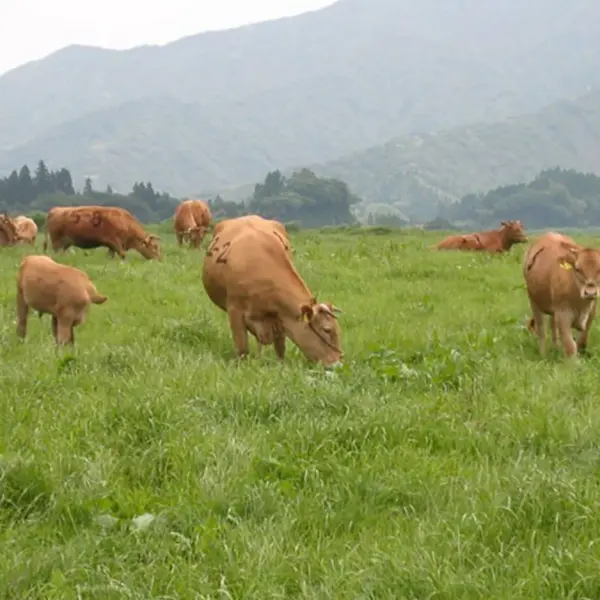 Raising Kumamoto's famed Japanese Brown Cattle
Raising Kumamoto's famed Japanese Brown Cattle




